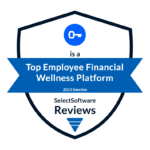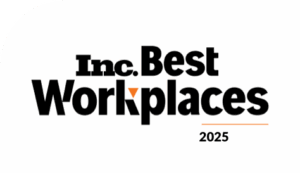The paradigm shift is already here: Inflation, rising interest rates, and a possible recession. For employers, these require decisive action to ensure that employee benefits remain competitive, relevant–and delivering ROI.
What’s the cost of clinging to outdated employee benefits? In the best-case scenario, you’re not likely to see issues like turnover, lost productivity, absenteeism, and healthcare costs improve.
Here are three dangers of keeping your employee benefits strategy on autopilot–and how to avert them.
1. Jeopardizing your needs with legacy or new, distracting nice-to-haves
In a challenging economic environment, you and your benefits team need to deliver more return on every dollar spent. Doing so requires a two-fold approach:
- Examine your legacy HR and rewards benefits. When were they put in place, and why? How are they delivering on your top priorities?
- Prioritize benefits that deliver on your unique goals. Which benefits will solve the top needs your employees have, and also deliver on your strategic goals?
Ideally, this analysis will help you consolidate a few easy-to-manage, high-ROI benefits that cover broad needs—and reinforce each other’s ROI.
2. Getting burned by “free” or cheap
Buying items just because they’re priced right usually proves to be a waste of money. In employee benefits, the same holds true–but the risks extend far beyond that.
For example, you’ve likely come across “free” point solutions aimed at a specific niche, like student loan assistance. Though marketed as “free,” these solutions can put you, the employer, in the position to become a reseller for a vendor’s product (dressed up as an employee benefit). And because they often include misaligned incentives, they can drive harmful outcomes for your employees.
Take the example of student loan assistance as a standalone employee benefit. The fact is, student loans–and the many repayment/forgiveness options around them–are very complex. The “right” answer requires understanding all the moving parts in a person’s financial life, and their financial big picture. This requires a far deeper level of financial health support than any point solution will offer.
For example, a “free” solution could advise your employee to make a choice that costs him more money than it should– like being advised to pay off student loans that could be forgiven if the employee knew he could enroll in a Department of Education program.
These types of missteps don’t just cost the employee. You, the employer, absorb the costs of the financial stress that results.
3. Maintaining or buying financial wellness benefits not grounded in the current reality
Pre-2023, many employers believed that employee financial health could be improved with access to financial education or coaching to help them understand what to do with their money. But the economy is challenging and has transformed many of your employees’ financial situations.
Employees are struggling with inflation (which 83% of Americans call a top source of stress), layoffs, high borrowing interest rates, and a possible recession. A money lesson is not going to solve their financial woes. They need access to personalized support and vetted, unbiased products that support their pressing financial needs, and also remove the financial barriers holding them back.
Seven out of 10 Americans are living paycheck to paycheck. Due to the stigma and shame associated with money problems, you may not know the financial challenges many of your employees face. Without personalized, hands-on benefits like Brightside Financial Care that make it easy to take the right actions that reduce financial stress and improve financial health, you won’t see the ROI you need from your employee financial benefits.
Connect with Brightside’s team to learn more about what makes Financial Care different.





